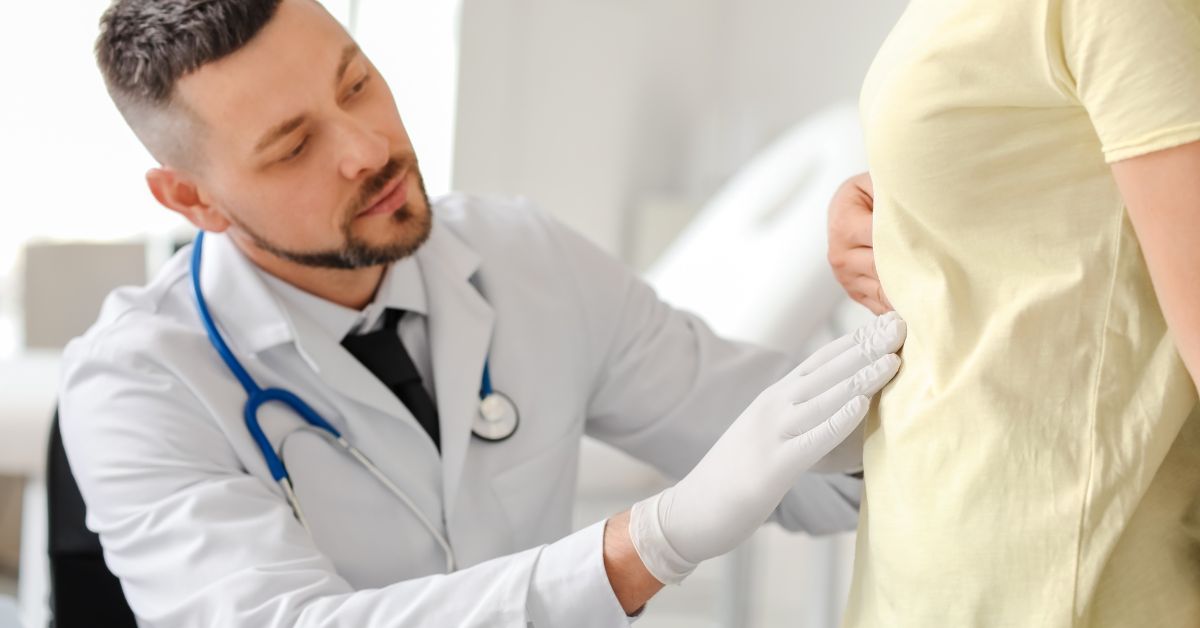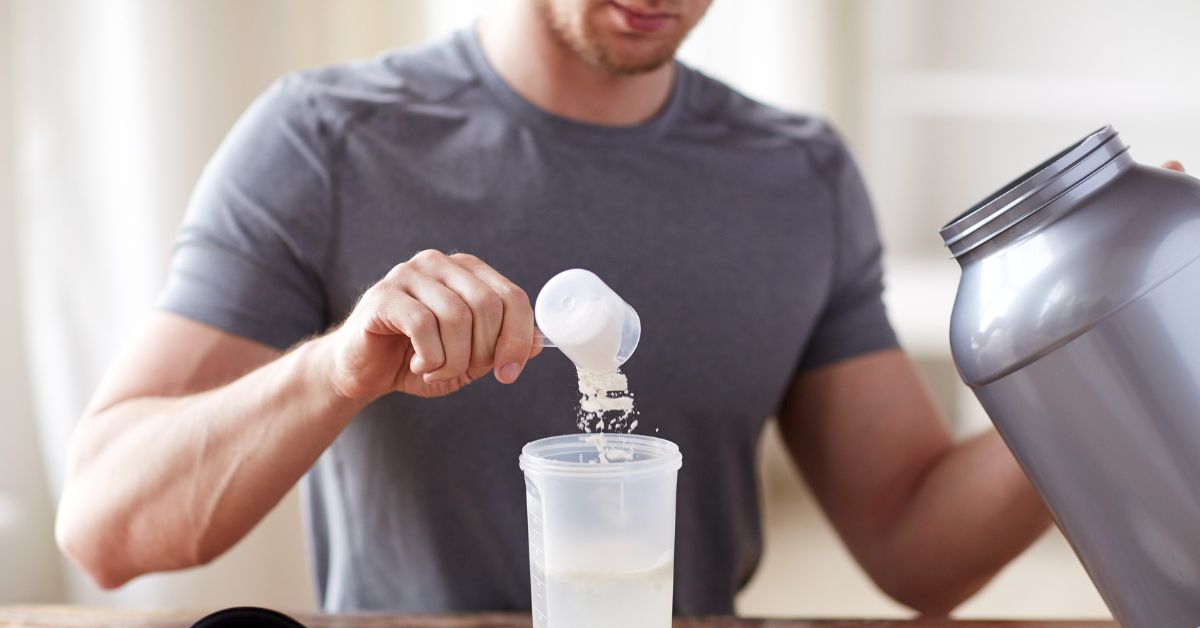Last fall, everyone’s focus was on COVID-19. However, with the recent rise in cases of respiratory syncytial virus (RSV), it is important to know what this virus is so you can best protect yourself as well as your loved ones.
First off, what is RSV?
RSV is a respiratory virus with symptoms like those of a cold. This is typically a mild virus with a one- to two-week recovery period.
However, for infants and adults over 65, the infection can be serious. For children under one year of age RSV can lead to other illnesses, such as bronchitis and pneumonia, that cause inflammation and infection in the lungs. Children and adults born with other underlying heart or lung medical conditions, infants born premature and people with weakened immune systems are also at greater risk of getting RSV.
Symptoms that may indicate you or your child has RSV
Four to six days after being infected with the virus, mild symptoms will typically start to show, then get increasingly worse.
This is what you should watch for:
- Runny nose
- Sneezing
- Coughing/wheezing
- Trouble breathing, including apnea in infants
- Decreased appetite and activity
- Fever
- Irritability in young children
COVID-19 vs. RSV
Although the symptoms for COVID-19 and RSV are also similar, there are ways to determine the difference.
In children infected with RSV, they will be more irritable and have an appetite loss, whereas with COVID-19 they are less likely to show these symptoms. Unlike infection with COVID-19, people with RSV will not lose their taste or smell. RSV is more common in children between the newborn age to 2 years old and COVID-19 is more common in adults. Additionally, people of every age can contract multiple viruses at one time.
The best way to confirm which virus you or your child has is to make an appointment or speak to your family’s primary care provider.
Benedict Awo, DO, one of our family medicine providers, shares his expertise on COVID-19 and RSV.
“For now, most cases of COVID-19 are diagnosed in adults, even though with the COVID-19 variants children are also being infected,” he shares. “It is very important for parents to know that RSV infection can get very serious, so seeking a doctor’s advice is highly recommended.”
How does RSV spread?
RSV is highly transmissible. It is transmitted through droplets from coughing, sneezing or physical contact with someone who has RSV. Direct contact is the most common way that the virus spreads. However, the virus is also able to live on surfaces for many hours, making it important to sanitize any area where a sick person has been.
Ways to prevent spreading RSV
Since RSV spreads the same way COVID-19 does, through respiratory droplets, we saw the recorded cases of RSV decrease last year while the public was regularly masking and physical distancing.
However, this summer cases have been on the rise as people have once again begun traveling, physically working in the office and children are back in-person for school. Therefore, it’s more important than ever before to follow some precautions to prevent spreading RSV, especially if you have or are caring for someone who has RSV.
These precautions include:
- Wash hands often
- Stay home if you are sick
- Avoid touching your face
- Cover mouth/nose area when coughing and sneezing
- Disinfect all surfaces regularly
There isn’t an immunization to prevent RSV, but health care providers might prescribe medication to protect certain infants and children under the age of 2 who are at high risk for complications from RSV.
Call your primary care provider if you or your child is having difficulty breathing, are not able to keep fluids down, may be dehydrated or are experiencing worsening viral symptoms.






